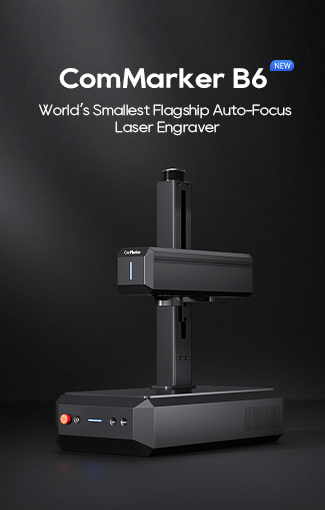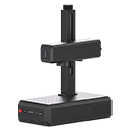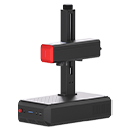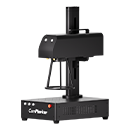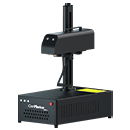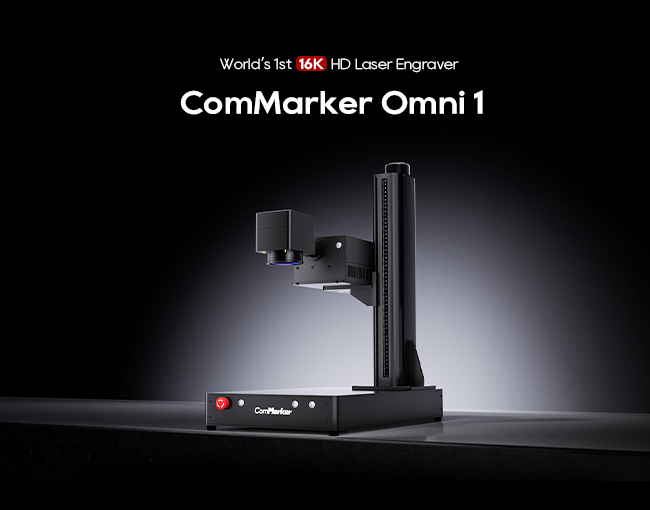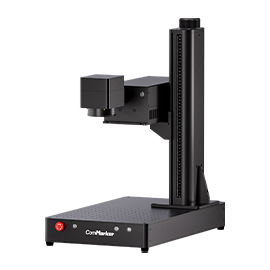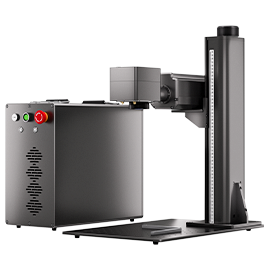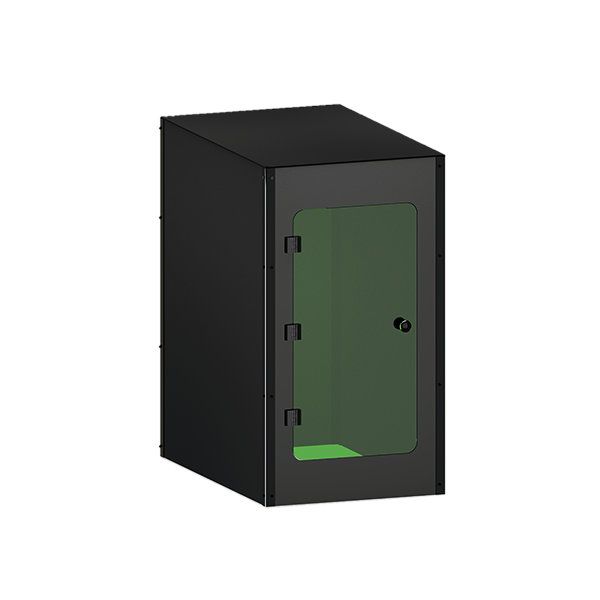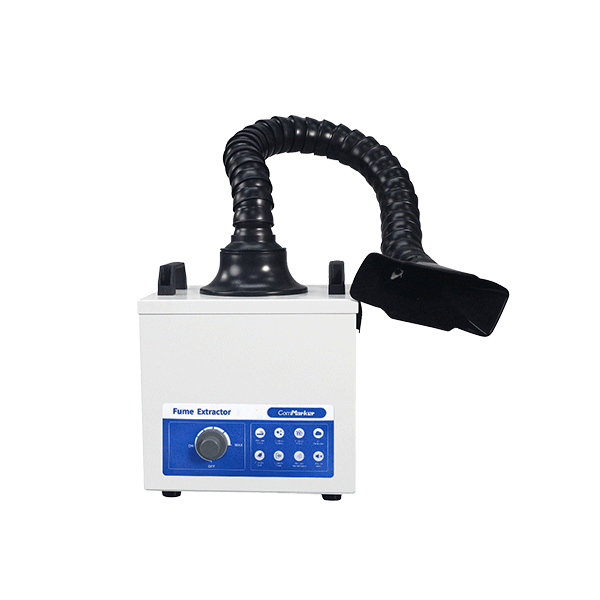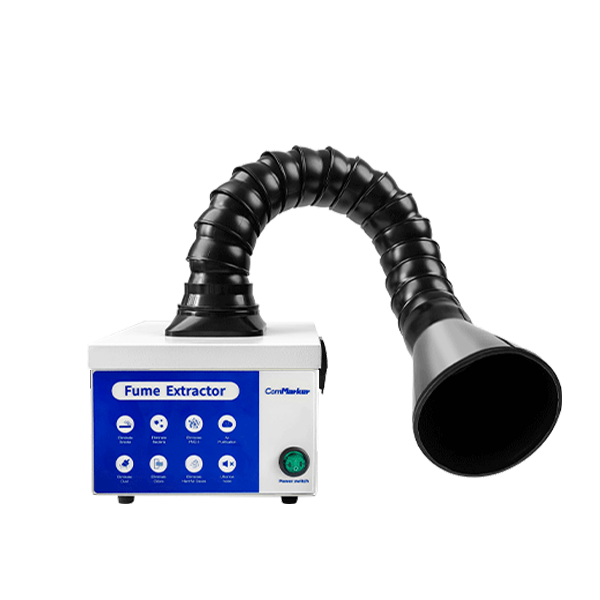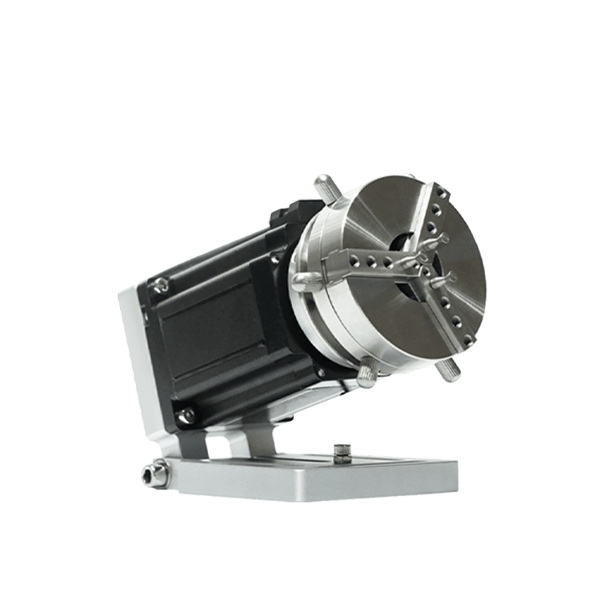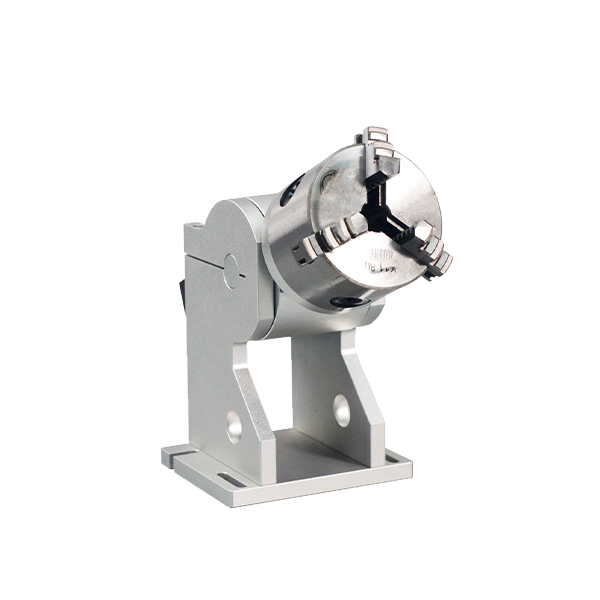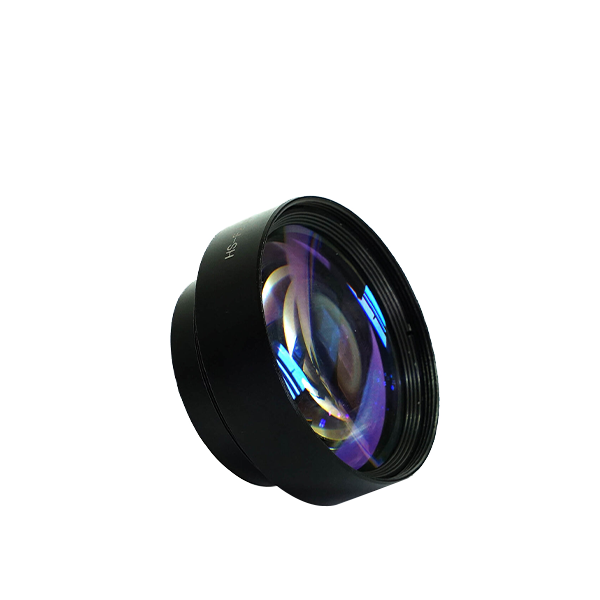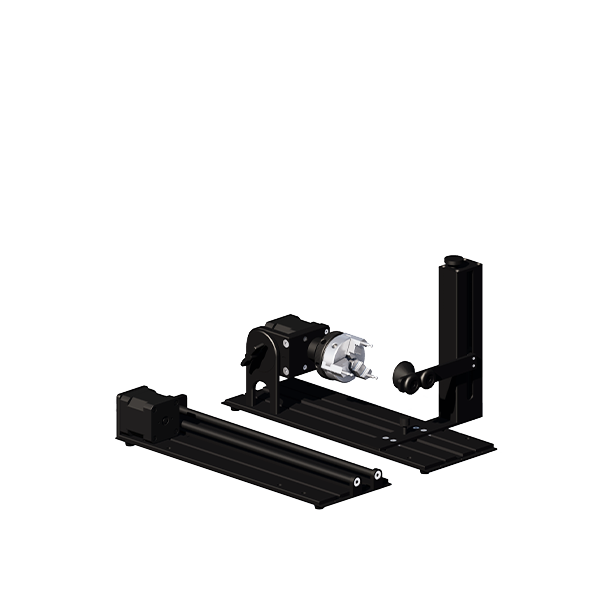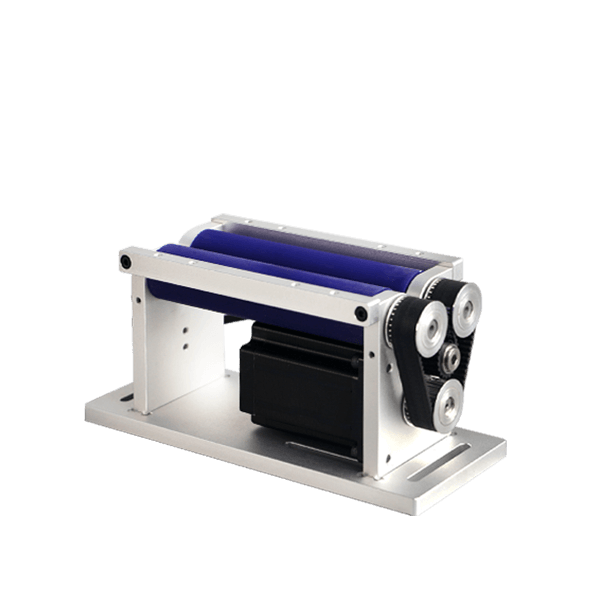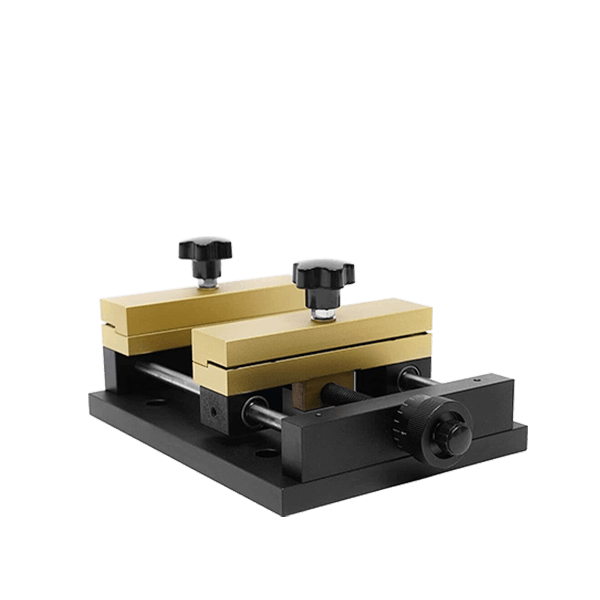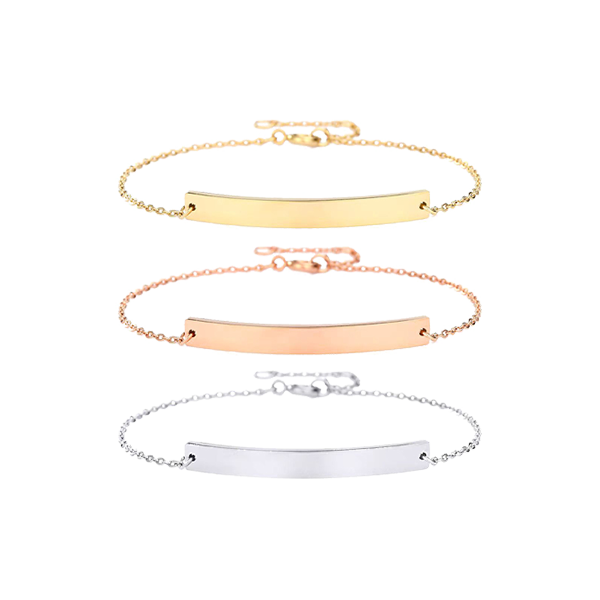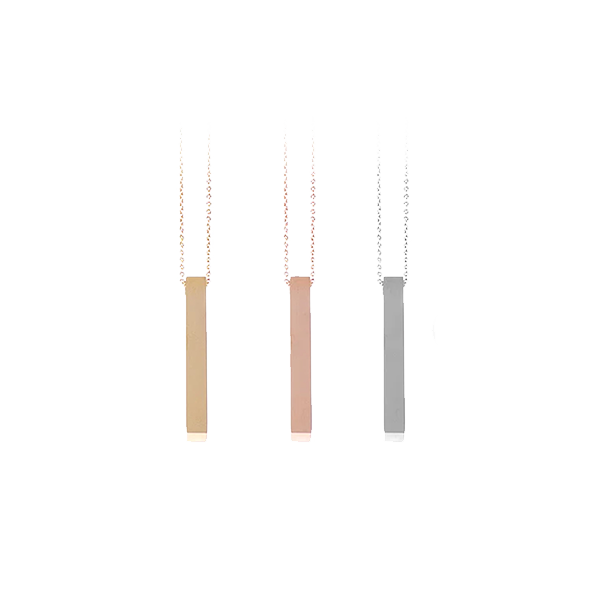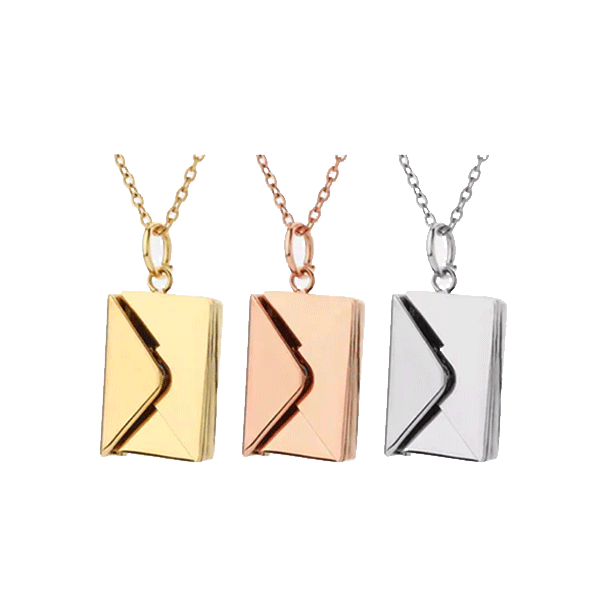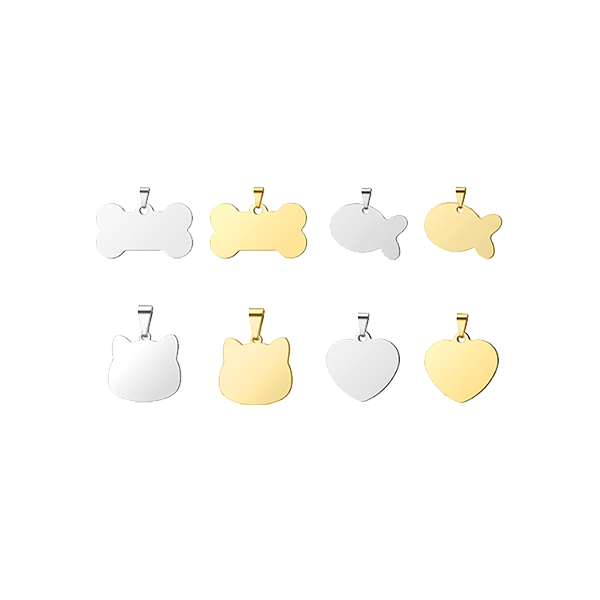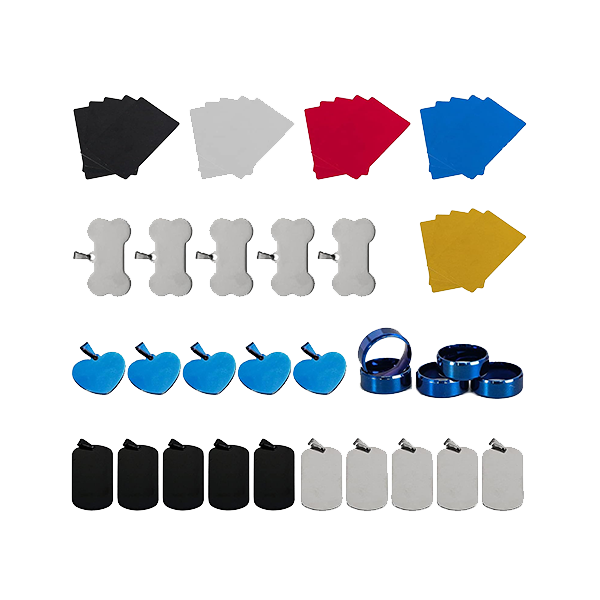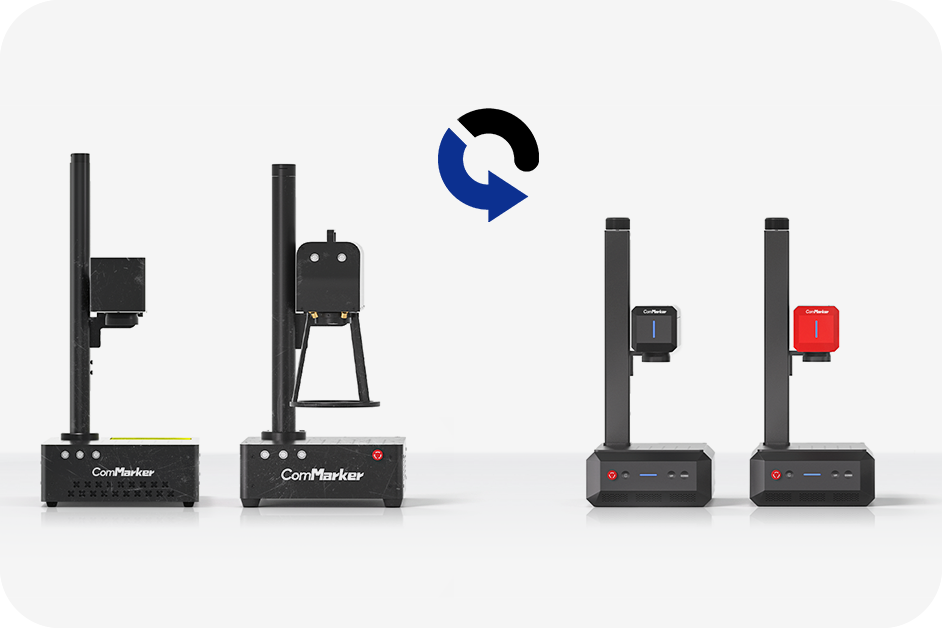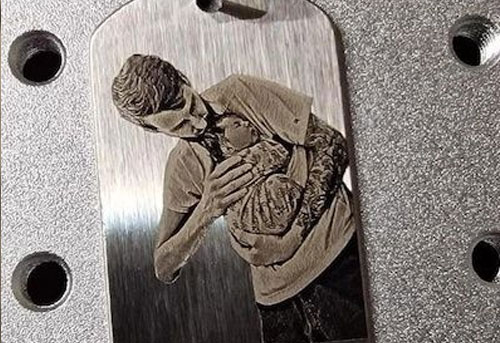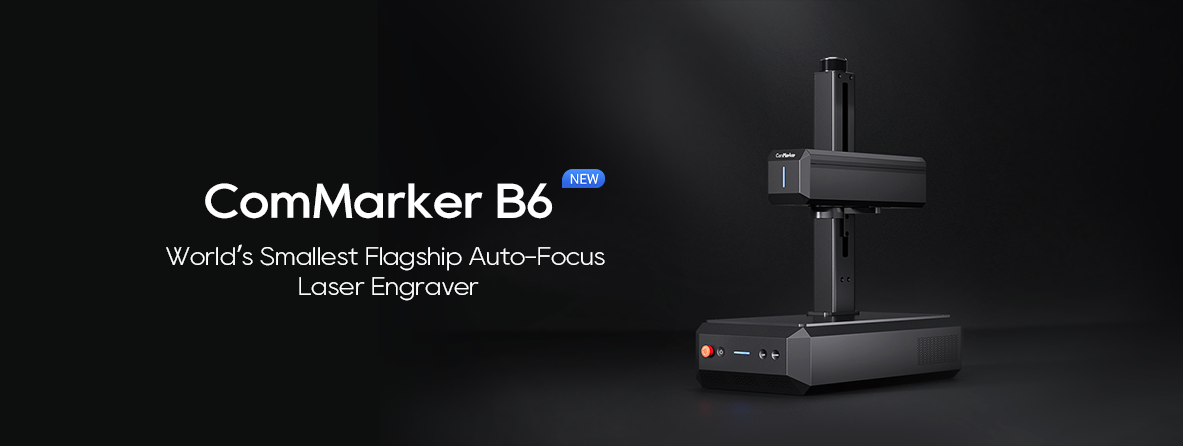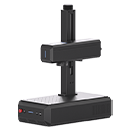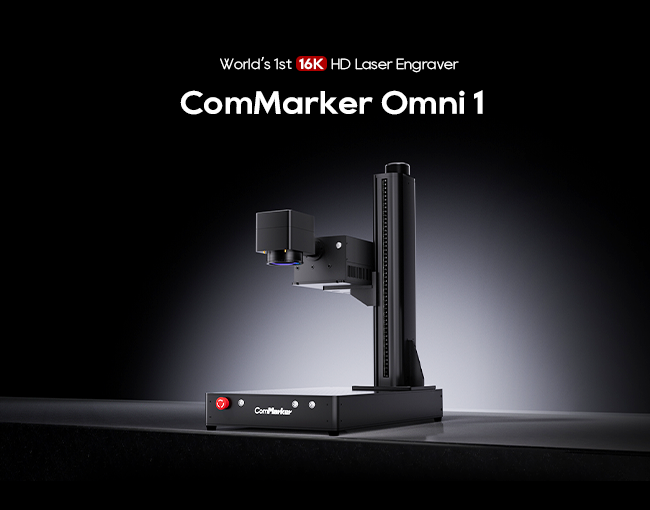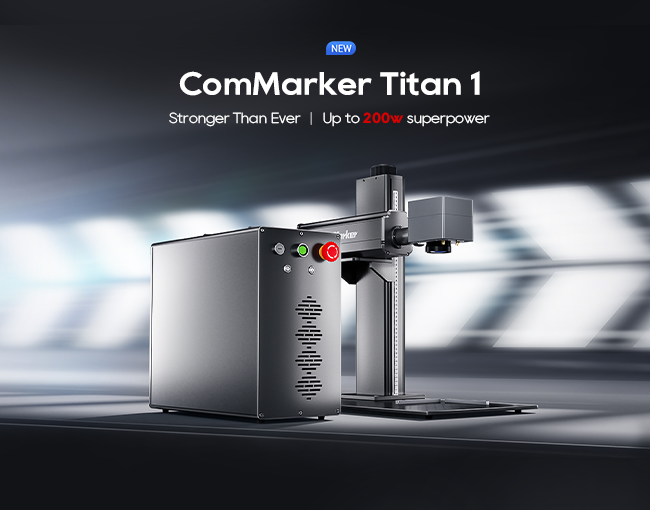Die Lasergravur von Metall verbindet Präzisionstechnologie mit künstlerischem Ausdruck, enabling users to create customized designs on items like jewelry, Industrieteile, and décor. Here’s how to get started with the right equipment, design tips, und Gravurtechniken.
1. Introduction to Laser Engraving Metal
Laser engraving has gained popularity for marking metal surfaces with designs, Logos, oder Text. This method involves using focused light to create fine, permanent engravings without physical contact, making it ideal for intricate or high-detail work. ComMarker Lasergravierer, such as fiber or UV laser models, provide reliable, lasting results for many metals.
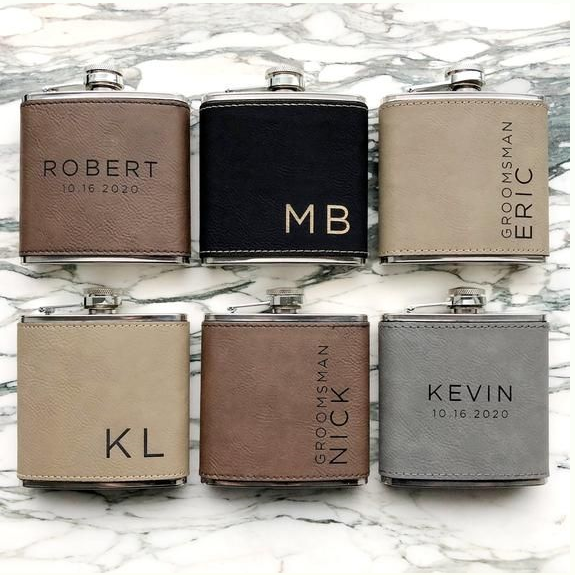
2. Verständnis der Lasergravurtechnologie
How Laser Engravers Work
Laser engravers focus light into a highly concentrated beam that either melts or vaporizes material, leaving behind a precise design. The heat interacts with the surface to form clean marks, perfect for detailed metal engraving.
Types of Laser Engravers for Metal
- CO₂ Laser Engravers: Effective on non-metals and coated metals, CO₂ lasers are commonly used for wood and acrylic. Direct engraving on bare metals is limited without special coatings.
- Faserlasergravierer: Ideal for bare metals, fiber lasers offer high precision and depth for metals like stainless steel and brass. ComMarker fiber models are especially suitable for businesses focusing on metal projects.
- UV-Lasergravierer: Offering fine engravings on reflective and heat-sensitive materials, UV lasers use lower energy and shorter wavelengths, reducing the risk of burning or warping thinner metals.

3. Choosing the Right Laser Engraver for Metal
Choosing the best ComMarker laser engraver depends on your material needs, project type, und Budget.
- CO₂ Laser: Great for versatility and non-metal projects but limited for direct metal use.
- Faserlaser: Recommended for those focusing on metal engraving due to its power and precision.
- UV-Laser: A more specialized option for reflective metals, providing detail without heat distortion, ideal for thin or delicate metal items.
4. Preparing for Laser Engraving on Metal
Cleaning and Preparing Metal Surfaces
To ensure precise engraving, start with a clean metal surface, removing any oil, Staub, or residue.
Recommended Metals for Engraving
Each metal type has different requirements:
- Edelstahl: Durable and popular for its resilience.
- Aluminium: Lightweight and ideal for high-contrast results, especially anodized.
- Messing: Weich, allowing for intricate designs.
- Kupfer: Highly conductive and heat-sensitive, needing lower power settings.
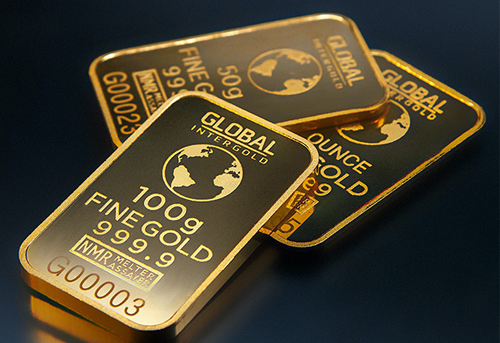
5. Step-by-Step Guide to Laser Engraving Metal
- Choose Metal: Match your material to the laser type.
- Set Up Your Design: Use design software compatible with ComMarker, such as LightBurn or EZCAD.
- Calibrate and Adjust Settings: Tune power, Geschwindigkeit, and focus for your specific metal.
- Run a Test Engraving: Test settings on scrap material to ensure accuracy.
- Engrave and Review: Execute the engraving and check results for adjustments.

6. Designing for Metal Engraving
Create your design in software like LightBurn or EZCAD, ensuring high contrast for effective engraving. Save the file in a compatible format (z.B., SVG or DXF) to load into the engraver software.
7. Beheben häufiger Probleme
- Depth and Clarity Issues: Adjust power and speed for better results.
- Discoloration: Lower power or increase speed to reduce excess heat.
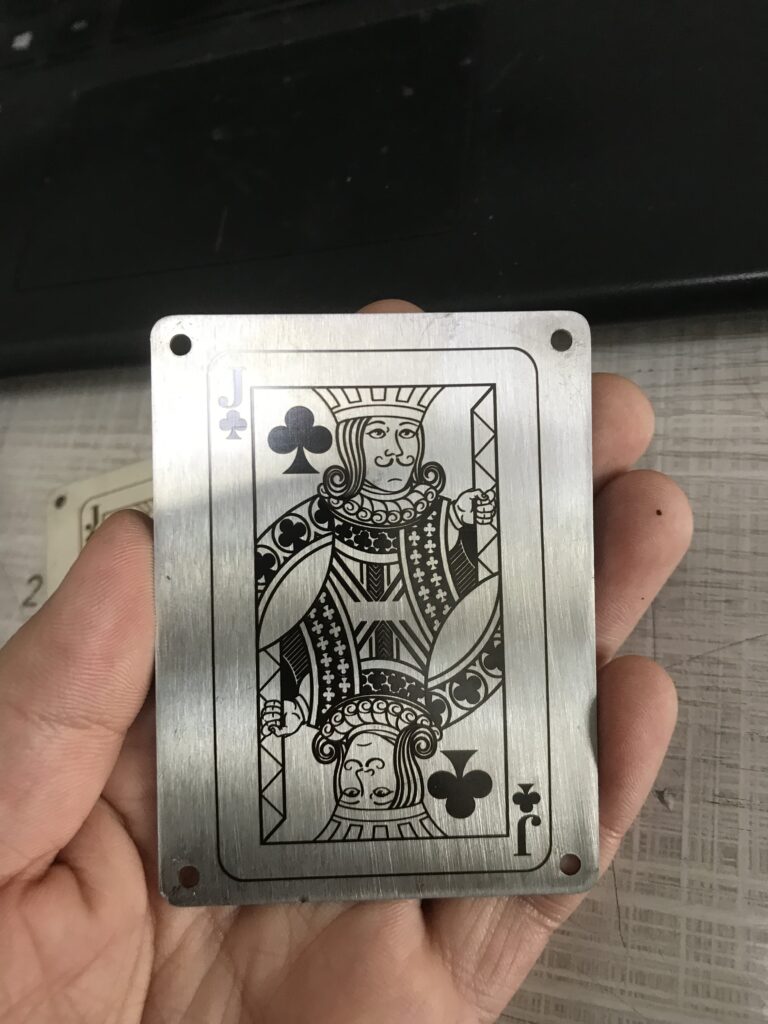
8. Pflege nach der Gravur
Nach der Gravur, clean the metal with a soft cloth or alcohol solution, and apply a clear protective coat to preserve the design.
9. Best Practices and Safety Tips
Always wear protective eyewear rated for UV or fiber wavelengths, und sorgen Sie für eine gute Belüftung. Regularly maintain your ComMarker machine, cleaning lenses and checking for any residue build-up.




